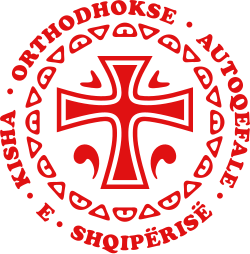History and distribution
To avoid service in the Turkish War due to Albania being under Ottoman Empire rule, groups of Albanians came to the US in the late 1800s. By 1914 approximately 1,000 Albanians resided in greater Chicago and northern Illinois. Most worked in factories, restaurants, or the construction industry. [2] According to 2018-2022 Census estimates, there are approximately 6,500 Albanian immigrants residing in Illinois, with the majority living in Cook (3,000) and DuPage (2,500) Counties. [3] This represents roughly 6% of all Albanian immigrants in the country.

In Chicago proper, there are 2,400 ethnic Albanian residents. The 60646 and 60630 zip codes have 400 and 300 Albanians recorded as per a 2020s-recorded U.S. Census Bureau data estimate distributed via ZipAtlas.com; both zip codes are located in the northwest side of Chicago neighborhoods of Jefferson Park, Chicago, Forest Glen, Chicago, and Sauganash, Chicago. [4]
Naperville, Lombard, Schiller Park, Arlington Heights, and Minooka all have sizable Albanian populations numbering over 500 ethnically Albanian individuals in each city. [5] Smaller suburban communities such as Palos Hills, Burr Ridge, Streamwood, Addison, Elmwood Park, Palatine, Glendale Heights, Oswego, and Glen Ellyn also have Albanian populations which accumulate to very near one percent or surpassing that figure of said cities' populations.
